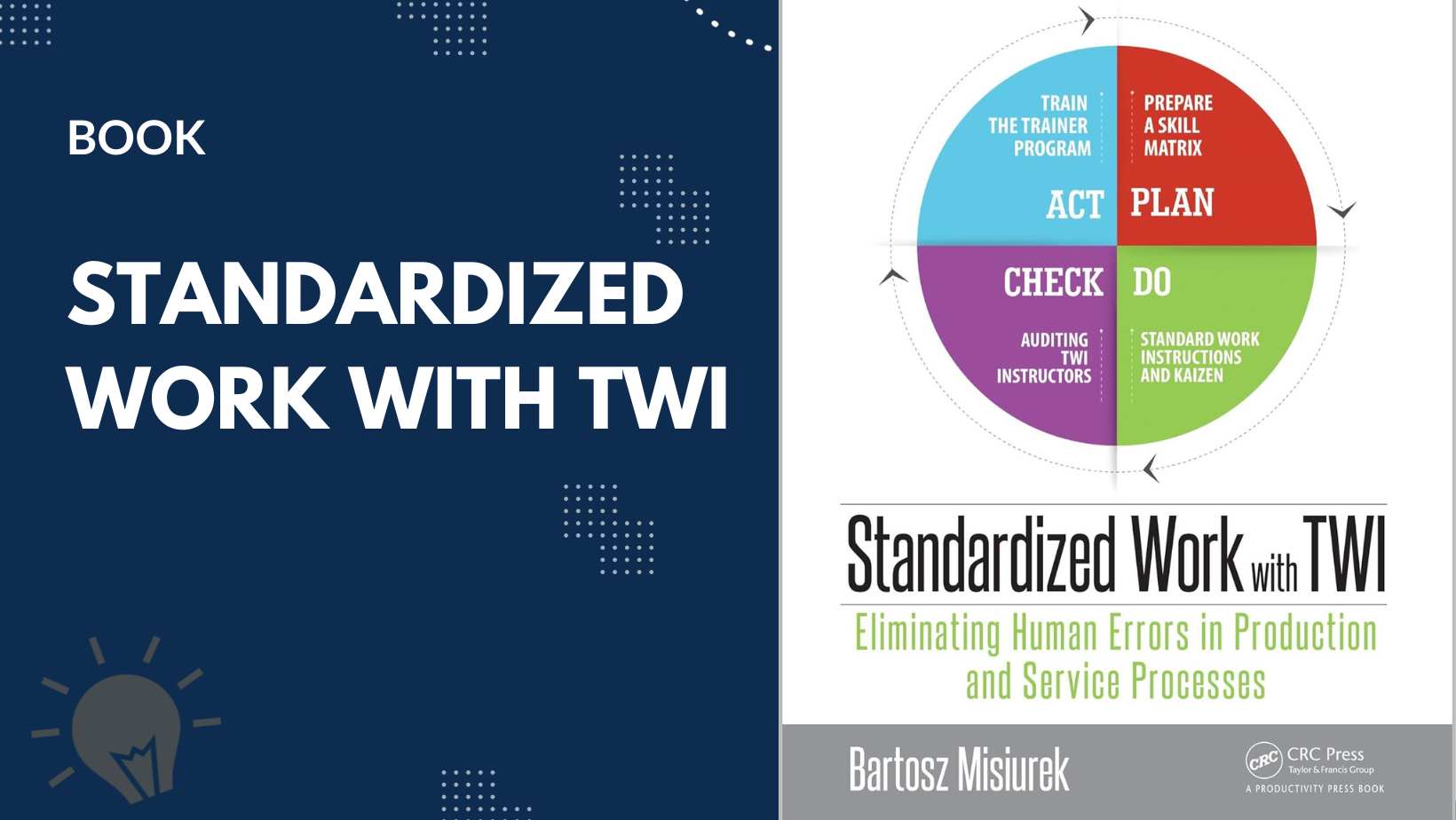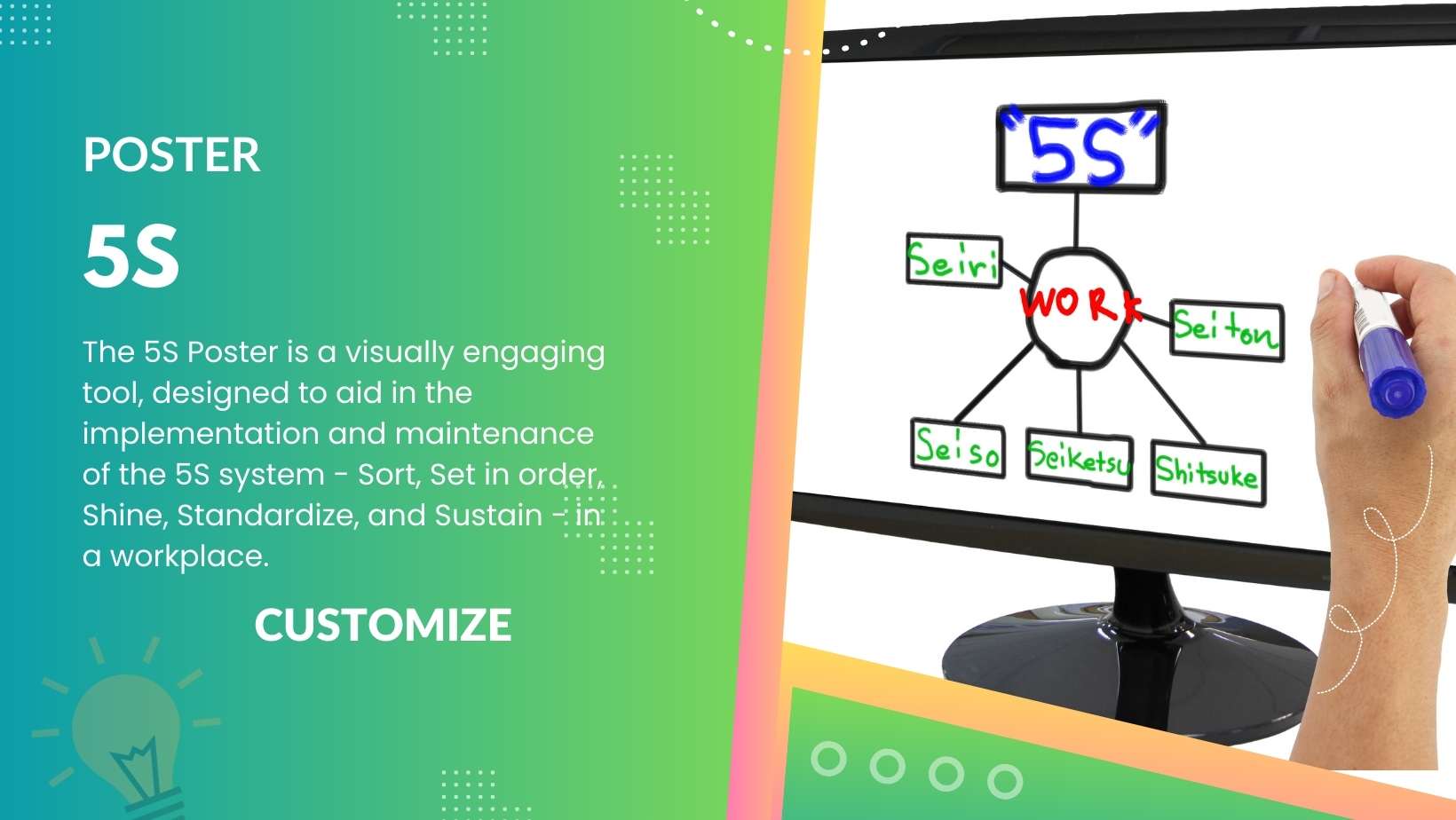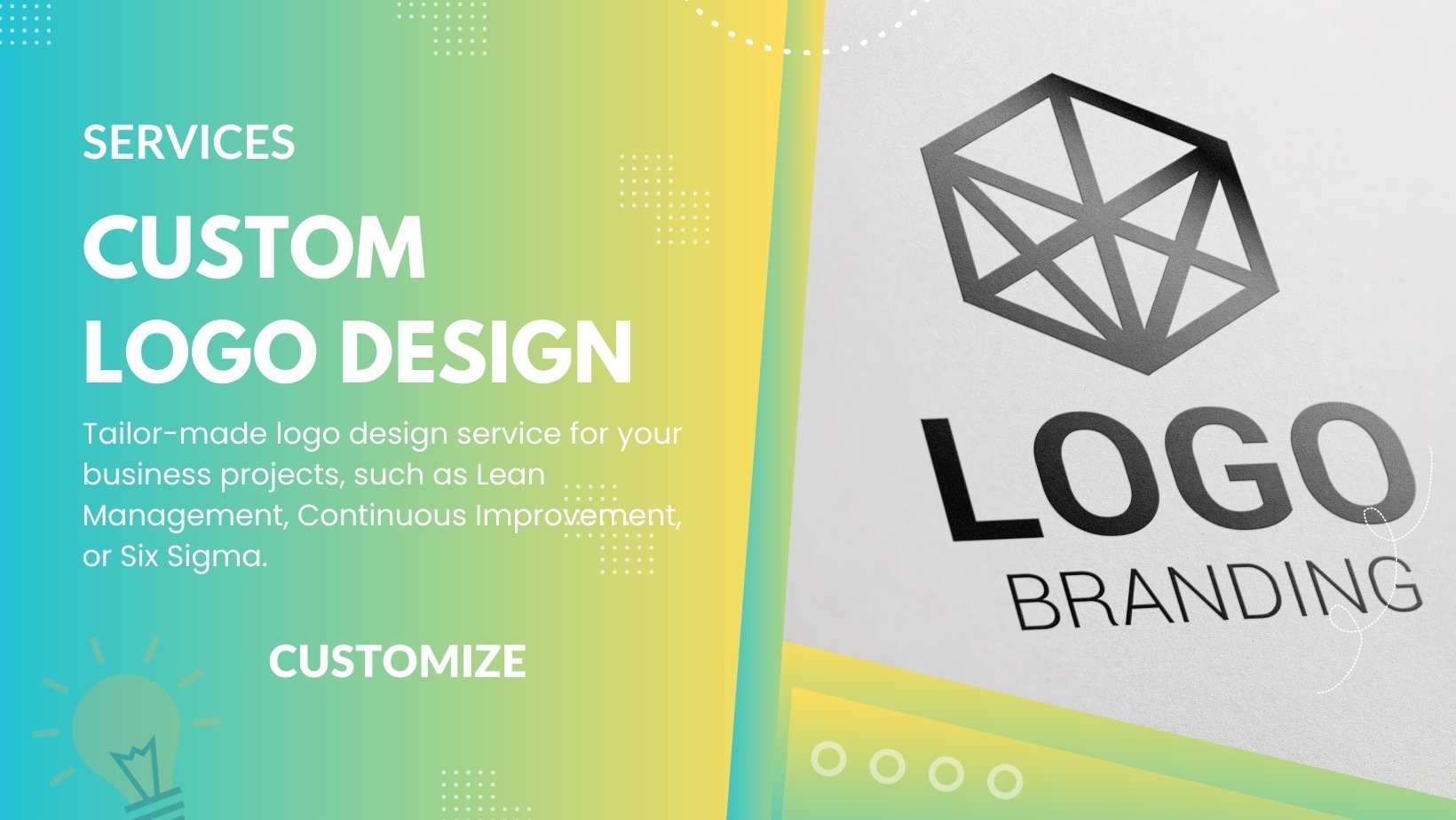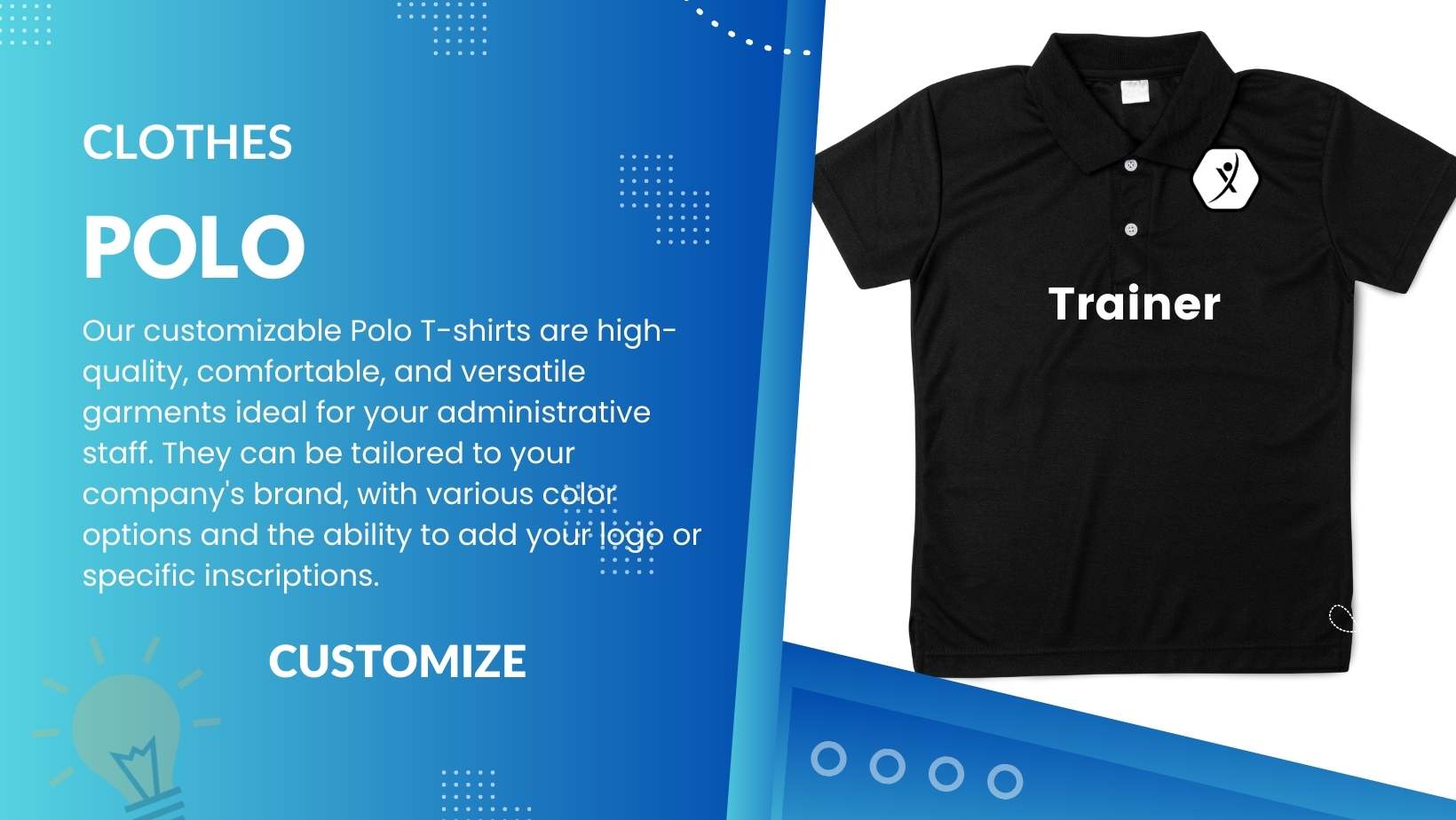Hoshin Kanri: The Need for Effective Company Strategy Development ===
In today’s competitive business landscape, having a well-defined and effective company strategy is vital for success. Without a clear direction and focused goals, organizations can easily become lost or stagnant, unable to adapt to changing market conditions or capitalize on new opportunities. To overcome these challenges, companies must employ a strategic approach that not only aligns all levels of the organization but also ensures continuous improvement and breakthrough growth. This is where Hoshin Kanri, a powerful methodology for company strategy development, comes into play.
=== Understanding the Power of Hoshin Kanri Methodology ===
Hoshin Kanri, also known as Policy Deployment, is a management approach that originated in Japan and has since been adopted by organizations worldwide. It is a holistic system that connects strategic objectives with day-to-day operations, creating alignment and focus throughout the company. Unlike traditional strategic planning methods, Hoshin Kanri emphasizes a bottom-up approach, involving all employees in the strategy development and execution process. This not only enhances employee engagement but also ensures that the strategy is rooted in practical knowledge and experiences from the front lines.
=== Unveiling the Key Principles of Hoshin Kanri Implementation ===
At the core of Hoshin Kanri methodology are a set of key principles that guide its successful implementation. These principles include a clear and compelling vision, the establishment of annual objectives, the use of cross-functional teams, and the creation of a measurement system to track progress. Additionally, Hoshin Kanri emphasizes the importance of continuous improvement, where objectives are iteratively refined based on feedback and results. By adhering to these principles, organizations can create a strategic framework that promotes agility, alignment, and accountability.
=== The Role of Leadership in Driving Hoshin Kanri Success ===
Leadership plays a crucial role in the successful implementation of startegy. It is the responsibility of leaders to establish a clear vision and communicate it effectively throughout the organization. They must also facilitate the involvement of all employees, fostering a culture of collaboration and accountability. Furthermore, leaders should provide the necessary resources and support to enable the execution of the strategy. By demonstrating their commitment to Hoshin Kanri and leading by example, leaders can inspire and empower their teams to achieve breakthrough results.
=== Achieving Alignment: Cascading Objectives throughout the Organization ===
One of the key strengths of Hoshin Kanri is its ability to cascade objectives throughout the organization. By aligning the strategic goals of the company with the goals of individual departments and teams, Hoshin Kanri ensures that everyone is working towards a common purpose. This alignment not only enhances coordination and collaboration but also eliminates silos and promotes a shared sense of responsibility. Through this cascading process, organizations can effectively break down complex strategies into actionable steps that can be executed at all levels.
=== Harnessing the Power of Cross-Functional Collaboration ===
Another crucial is the emphasis on cross-functional collaboration. By involving representatives from various departments and functions in the strategy development process, organizations can tap into a wide range of perspectives, expertise, and insights. This collaboration not only enhances the quality of the strategy but also fosters a culture of teamwork and shared ownership. Through cross-functional collaboration, organizations can leverage the collective intelligence of their workforce and drive innovation, resulting in more robust and effective strategies.
=== Strategic Planning: Defining Long-Term Objectives with Hoshin Kanri ===
Hoshin Kanri provides a systematic approach to strategic planning, ensuring that long-term objectives are clearly defined and aligned with the company’s vision. The process begins with top-level leaders setting the overall strategic direction and identifying breakthrough objectives that will drive organizational growth. These objectives are then broken down into annual objectives, which are further cascaded down to the department and individual level. By following this structured approach, organizations can avoid the common pitfalls of vague or conflicting goals and focus their efforts on achieving meaningful outcomes.
=== Breakthrough Objectives: Key Drivers of Organizational Growth ===
Breakthrough objectives are the cornerstone of Hoshin Kanri and serve as the catalyst for organizational growth. These objectives are ambitious, long-term goals that push the boundaries of what is currently achievable. By setting breakthrough objectives, organizations challenge themselves to innovate, improve processes, and seek new opportunities. This focus on breakthrough objectives not only drives continuous improvement but also creates a sense of purpose and excitement among employees. By striving for breakthrough results, organizations can stay ahead of the competition and achieve sustainable growth.
=== Measurement Systems: Tracking Progress and Ensuring Accountability ===
To ensure the successful implementation of strategy, organizations must establish a robust measurement system that tracks progress and holds individuals and teams accountable. This system involves setting key performance indicators (KPIs) that align with the strategic objectives and regularly reviewing progress against these targets. By measuring and analyzing performance data, organizations can identify areas for improvement, celebrate successes, and make informed decisions. Furthermore, the measurement system promotes transparency and accountability throughout the organization, ensuring that everyone is aware of their role in achieving the strategic goals.
=== Continuous Improvement: Iterative Refinement of Strategic Goals ===
Continuous improvement is a fundamental principle of Hoshin Kanri that enables organizations to adapt and refine their strategic goals over time. As the business environment evolves, organizations must be willing to adjust their strategies to stay relevant and competitive. Hoshin Kanri facilitates this iterative refinement process by encouraging regular review and analysis of performance data, employee feedback, market trends, and other relevant information. By embracing a culture of continuous improvement, organizations can ensure that their strategies remain dynamic and responsive to changing circumstances.
=== Overcoming Challenges: Common Hurdles in Hoshin Kanri Implementation ===
Implementing Hoshin Kanri is not without its challenges. One common hurdle is the resistance to change, as employees may be hesitant to embrace a new approach or question the need for it. Addressing this challenge requires effective communication, education, and involvement of employees throughout the process. Another challenge is maintaining momentum and sustaining the commitment to Hoshin Kanri over the long term. This requires dedicated leadership, ongoing training, and a supportive organizational culture. By acknowledging and proactively addressing these challenges, organizations can overcome them and reap the benefits of Hoshin Kanri.
Empowering Organizations through Hoshin Kanri ===
In conclusion, this approach offers organizations a powerful approach for company strategy development. By aligning objectives throughout the organization, harnessing cross-functional collaboration, and promoting continuous improvement, Hoshin Kanri empowers companies to achieve breakthrough growth and stay ahead of the competition. While implementing Hoshin Kanri may present challenges, the potential benefits far outweigh the difficulties. Through effective leadership, strategic planning, measurement systems, and a commitment to continuous improvement, organizations can unlock their full potential and thrive in today’s dynamic business environment.








